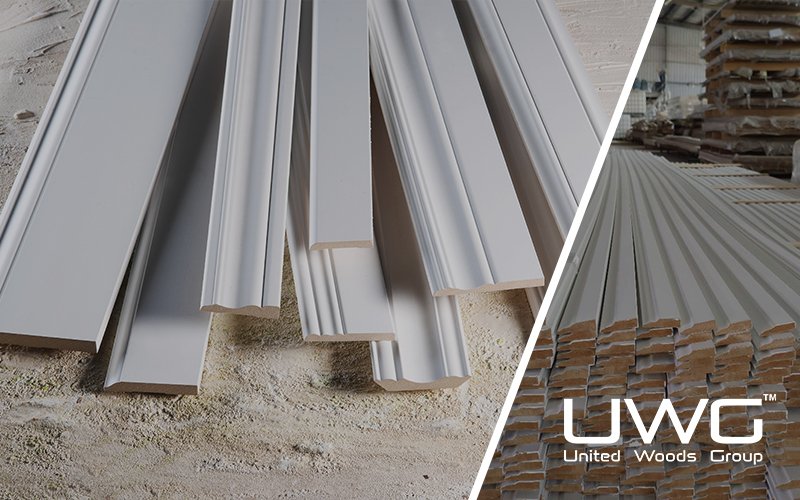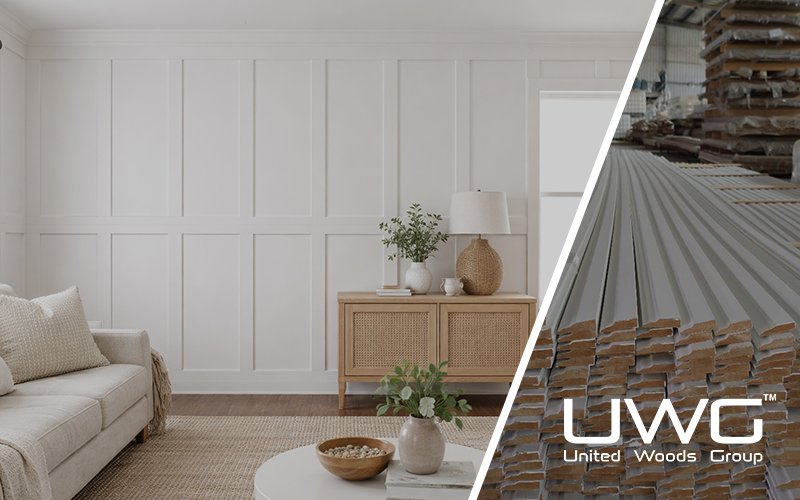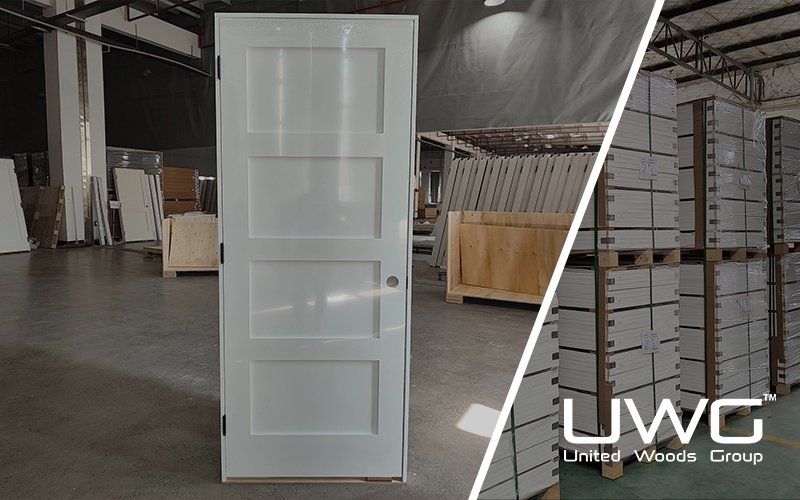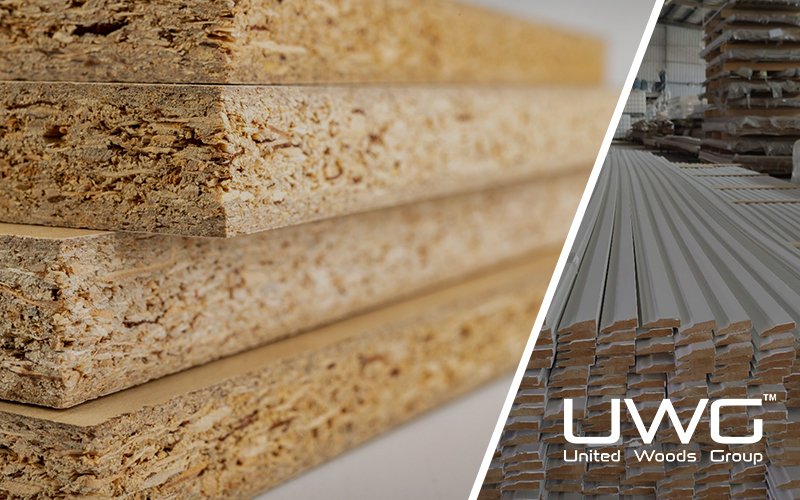Rising prices, tightening margins, and ongoing supply chain instability — for builders and contractors, 2025 is proving to be one of the most expensive years to build a home. From global inflation to shifting cost structures, understanding what’s behind the surge is now mission-critical.
Let’s break down exactly what’s pushing costs higher — and what builders should prepare for next.
How Much Does It Cost to Build a House in 2025?
The cost to build a new home in 2025 varies widely by location and finish level, but current averages range from $158 to $400 per square foot. The national median sits around $150–$200/sq ft, excluding land costs.
| Home Size | Average Total Cost (Est.) |
|---|---|
| 1,500 sq ft | $237,000 – $600,000 |
| 2,000 sq ft | $316,000 – $800,000 |
Builders should also consider regional pricing tools such as the residential construction cost per square foot by zip code calculator to get localized estimates.

Why Are Construction Costs Still Rising in 2025?
Despite widespread hopes for market stabilization, construction and operational costs continue to rise across the board, driven by a confluence of persistent challenges: labor shortages remain acute, intensifying wage pressures; elevated interest rates continue to strain project financing; insurance premiums and regulatory compliance costs have surged in response to escalating extreme weather events; and fuel and logistics expenses, still inflated from pandemic-era disruptions, have yet to revert to pre-2020 levels.There are many reasons for the increase in construction costs
Macro Cost Trends: Building Material Price Storm Under the Resonance of Inflation and Policy
Inflation remains the key macroeconomic driver — but policy choices are compounding the pressure, creating a volatile environment for the construction sector that undermines stability and predictability.
- Steel prices have surged 8% year-over-year, driven by elevated global demand and supply chain bottlenecks that show no signs of easing.
- Lumber rebounded sharply with a 12% increase following a brief dip in 2024, as forest fires and transportation delays rekindled supply fears.
- Concrete and gypsum remain highly volatile, with prices swinging due to regional production disruptions and shifting trade regulations.
- Inflation-adjusted construction input costs have climbed 6% since Q1 2024, eroding profit margins and forcing developers to delay or rescope projects.
Material cost spikes are being driven by both global inflationary trends, such as energy price volatility and geopolitical tensions, and domestic policy friction, including tariffs on imported materials and stricter environmental compliance rules. This dual challenge makes it increasingly difficult to plan and execute multi-phase projects, as budgets are rendered obsolete before shovels even hit the ground.

Tariff Policy: The Direct Impact from “Trade War” to “Cost War”
Tariff-related expenses are directly inflating construction costs:
- New tariffs on Chinese steel and aluminum are now in effect
- Softwood lumber from Canada still carries surcharges
- Builders importing specialty materials (e.g. tiles, fixtures) face long delays and new fees
For many mid-sized builders, these tariffs have created a “cost war”, reducing profit margins and forcing substitution with lower-quality materials or longer timelines.
“We’re seeing direct cost increases of 7–10% just due to tariffs,” said a regional builder.
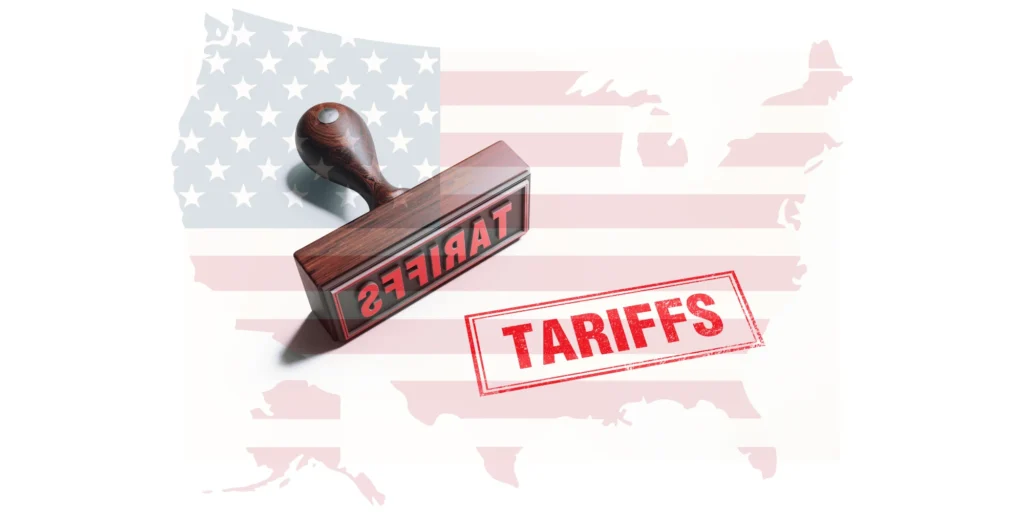
The Proportion of Construction Costs Has Increased: The Logic of Housing Prices Has Shifted from “Land-Driven” to “Cost-Driven”
Traditionally, land value drove home prices. But by 2025, that has changed.
- Construction now accounts for 64.4% of a home’s final sales price (up from 60.8% in 2022)
- Material, labor, and compliance costs are taking a larger bite out of the budget
- Builders must re-evaluate pricing models and construction timelines
This “cost-driven” model changes everything from feasibility planning to project phasing.
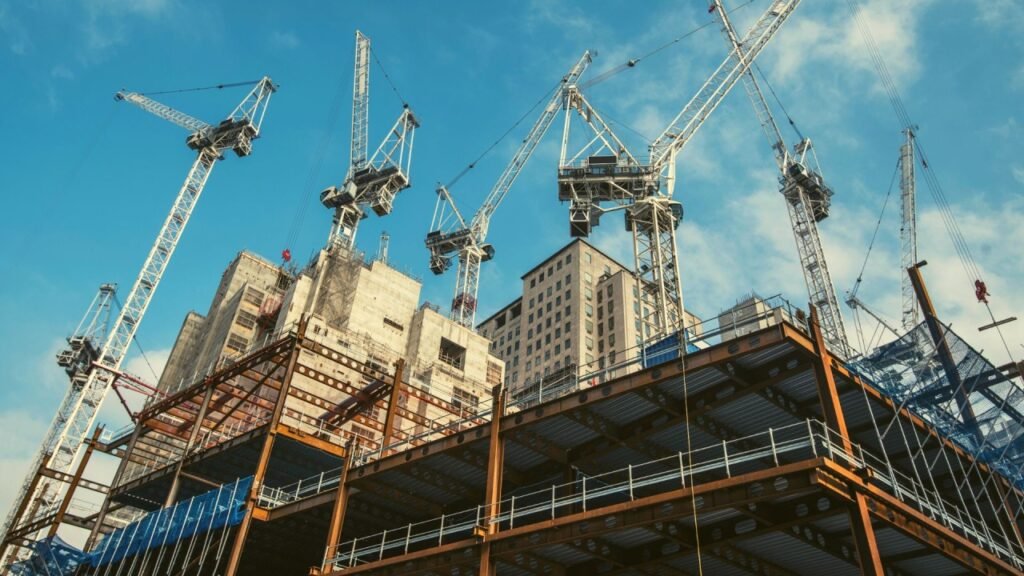
Renovation and Decoration: Double Squeeze from Rising Renovation Costs and Consumption Upgrades
Even after the structure is up, costs aren’t done climbing.
- Finish material costs (flooring, cabinetry, lighting) are up 6–9%
- Labor costs for specialized interior work rose 8%
- Consumer expectations have shifted toward higher-end finishes — even in mid-range homes
This dual pressure is forcing contractors to absorb or pass on more cost, often with less flexibility.
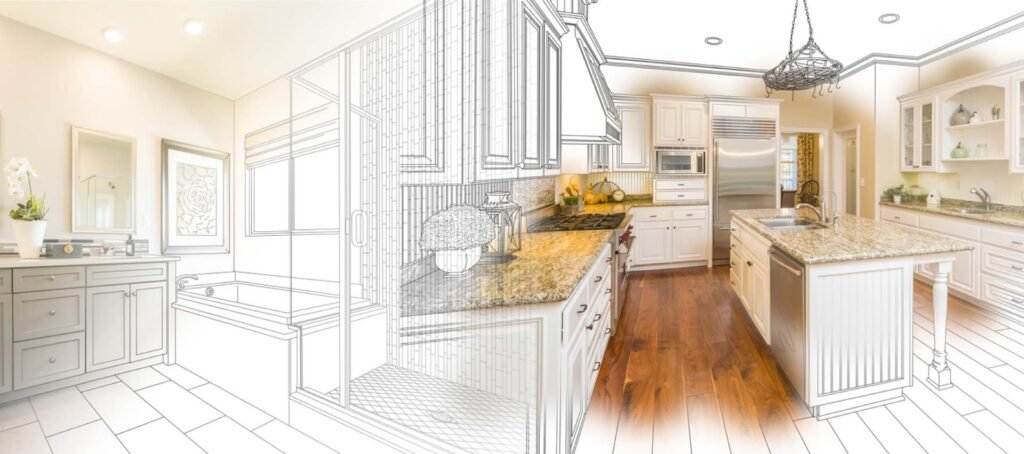
How Do Global Supply Chains Affect Building Material Prices in 2025?
Global disruptions haven’t disappeared — they’ve simply changed form.
- Freight prices remain 30–50% higher than 2019 levels
- Political instability in raw material source countries is creating intermittent shortages
- “Just-in-time” inventory models are being replaced by warehouse-first strategies, increasing overhead
Builders need to budget for longer lead times and greater sourcing uncertainty than ever before.

Will Construction Costs Go Down in 2026?
There’s cautious optimism among economists — but no guarantees.
- Some predict modest material price declines (2%–3%)
- Labor will remain tight unless immigration and training programs expand
- Tariff policy will heavily influence outcomes
Verdict: It’s unlikely costs will return to pre-2020 levels. Builders planning 2026 projects should still plan for elevated pricing.
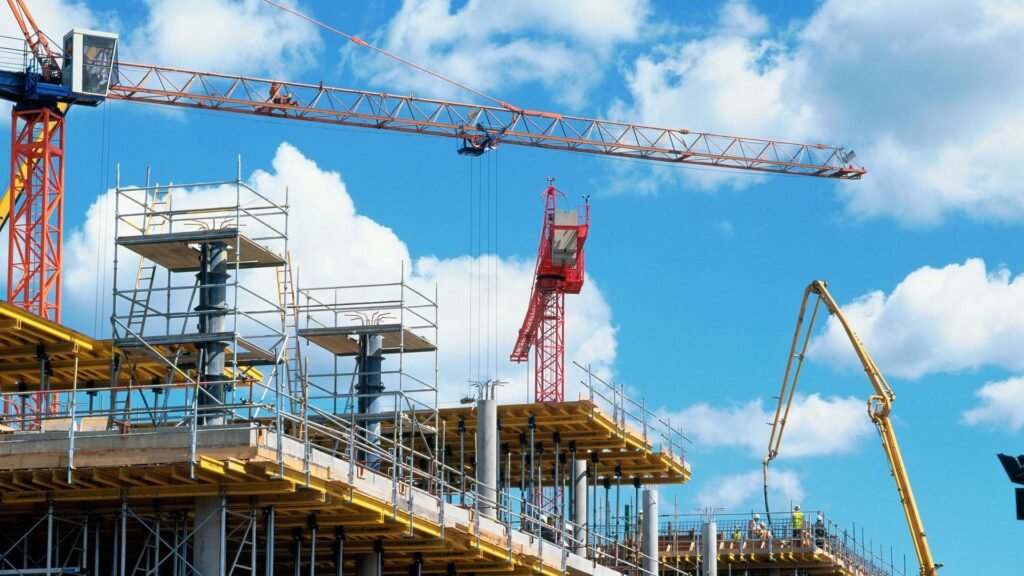
What Builders Should Do Now
Here’s how builders and contractors can stay ahead:
- Lock in supplier contracts early to avoid future price hikes
- Adjust client pricing models to reflect the “cost-driven” logic
- Factor in 5–10% contingency for material and labor volatility
- Educate clients on tariff and supply chain issues to set expectations
- Watch 2026 forecasts for early signals of cost relief
Staying informed and proactive isn’t optional — it’s the only way to stay profitable in 2025.
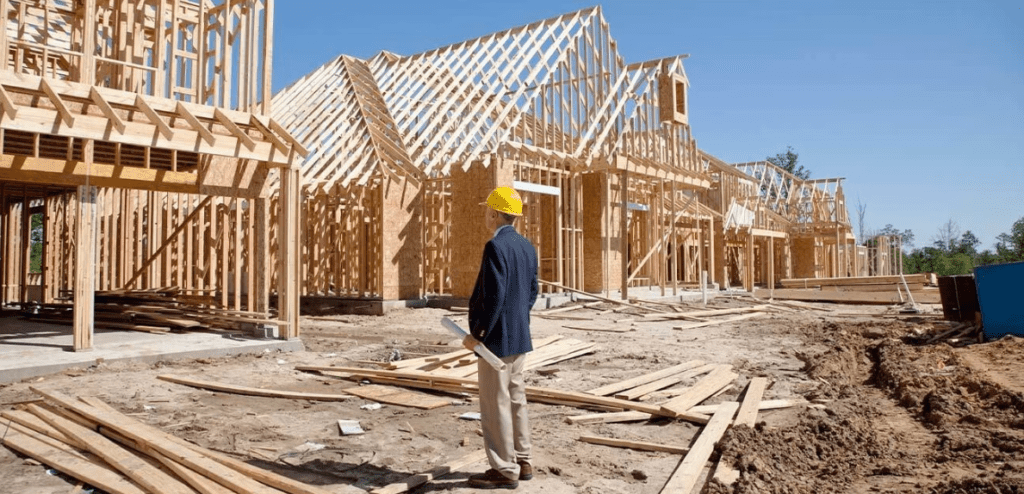
Summary
Home construction costs in 2025 are rising due to inflation, tariffs, material shortages, and shifting consumer expectations. From structural costs to final finishes, builders face pressure at every stage. Understanding these drivers is key to navigating pricing, timing, and strategy in a high-cost market. Have you faced unusual cost hikes this year? Share your story in the comments or reach out — let’s navigate this together.



